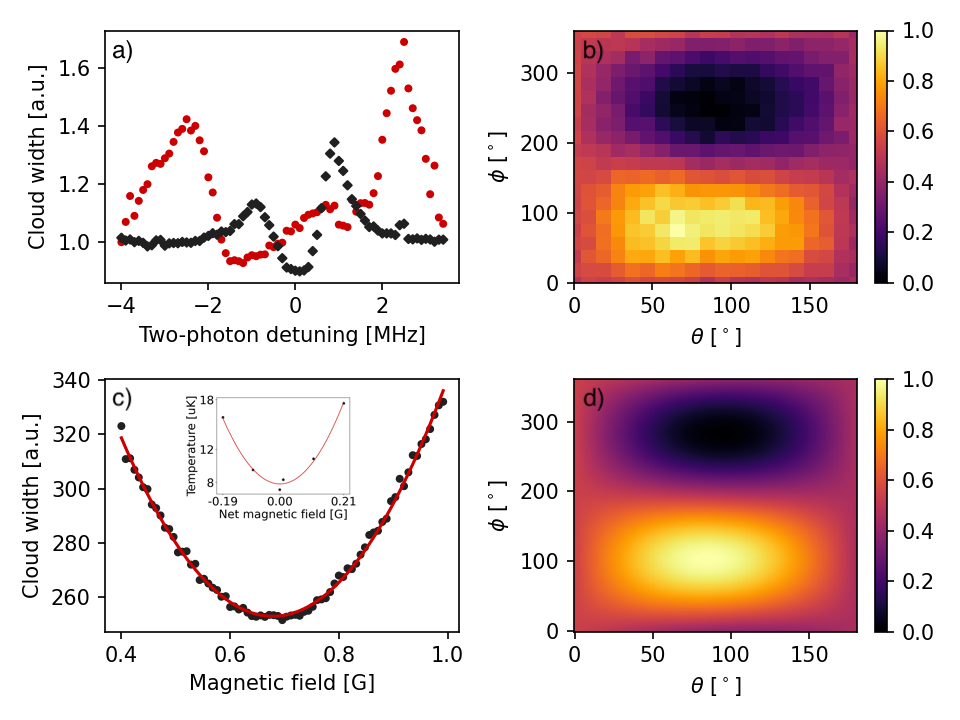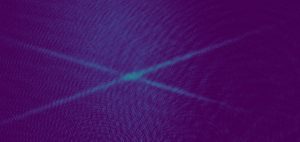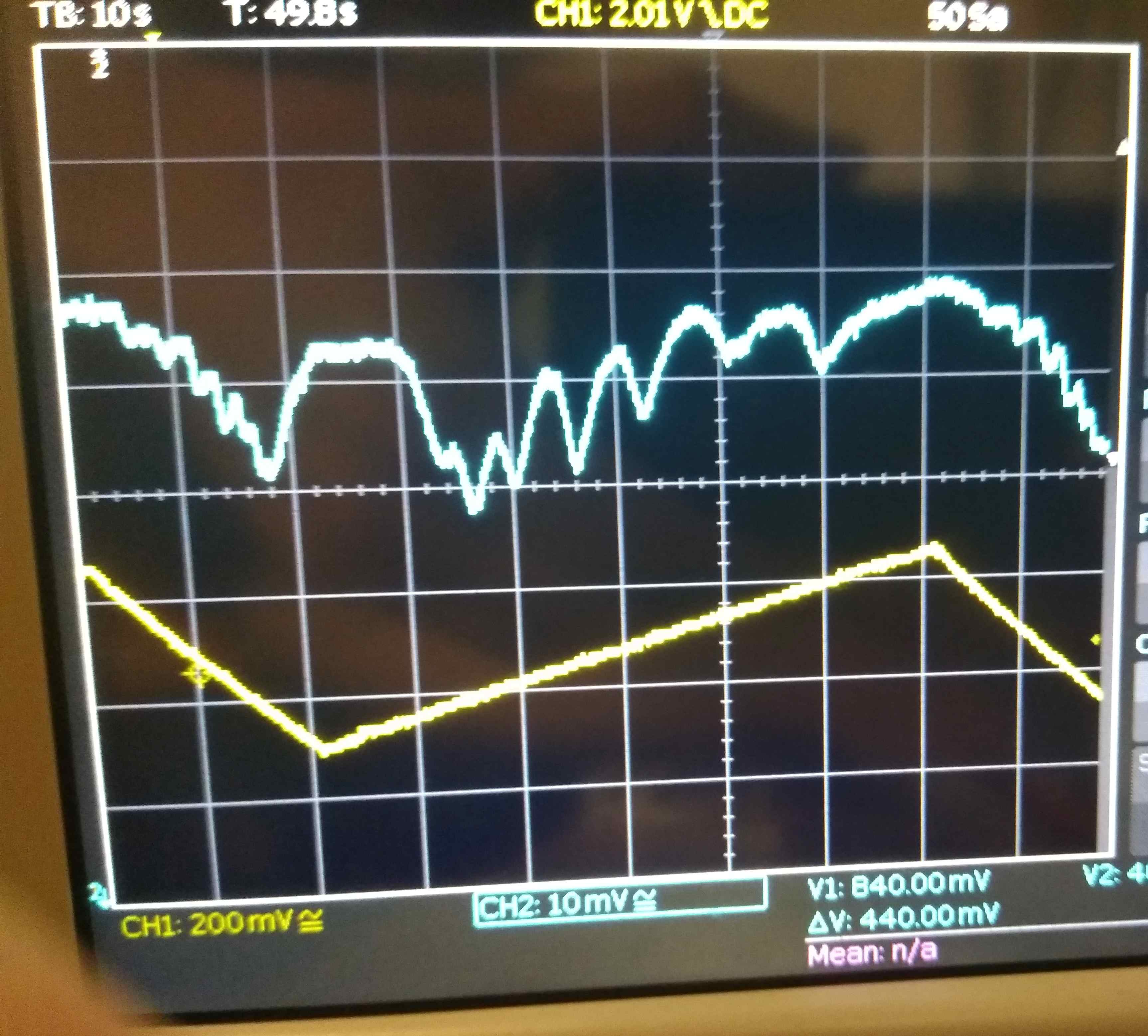v=0 and v=1 in the 0–g found!
We use photoassociation (PA) of spin polarized (F=3, mf=3) ultracold cesium atoms confined in a 1D optical lattice to confirm the existence of two lowest lying vibrational levels in the 0–g purely long-range state of Cs2. The observation of these two levels confirms the theoretical predictions of Bouloufa et al. [1] postulating that the numbering of vibrational levels of this state needs to be shifted by two in order to agree theory with experimental data. We also provide unambiguous evidence that the work of Zhang et al. [2], which claimed priority of observing these new levels, in fact observed levels belonging to the 0+u molecular potential. |
 |
Our first paper is out! (8/11/2021)
We present a new design of a bidirectional, analog current source we use for control of a uniform magnetic field with our compensation coils. We exploit the magnetic field dependence of gray molasses cooling to compensate stray magnetic fields in our UHV chamber. Our method is very intuitive and fast. We use it to achieve record breaking sub-Doppler temperature below 8 μK after gray molasses cooling of 39K. Appl. Sci. 2021, 11(21), 10474 |
 |
Crossed optical dipole trap filled with cesium. It’s first that cold cesium in the country! (07/30/2020)
After many, many troubles with the fiber amplifier we used a single mode fiber to spatially filter out higher order modes to improve the beam quality. The horizontal beams cross inside the vacuum chamber creating trapping potential for atoms. |
 |
The first formation of ultracold cesium molecules in our lab.(07/02/2020, 6 p.m.)
We have observed atom loss resulting from the formation of excited state cesium molecules. At this stage it is done in a magneto-optical trap and we are working towards photoassociation spectroscopy of potassium and cesium molecules. |
 |
After a series of modifications and improvements, our setup is finally able to trap an ultracold atomic mixture of two bosonic isotopes of potassium and cesium. As of now we are the only research group in the world that demonstrated such a capability. In the picture above, potassium clouds are offset with respect to the cesium cloud on purpose, to highlight the presence of two species. Both species have different magnetic moments, therefore a uniform magnetic field applied with compensation coils effectively creates two different magneto-optical potentials.



